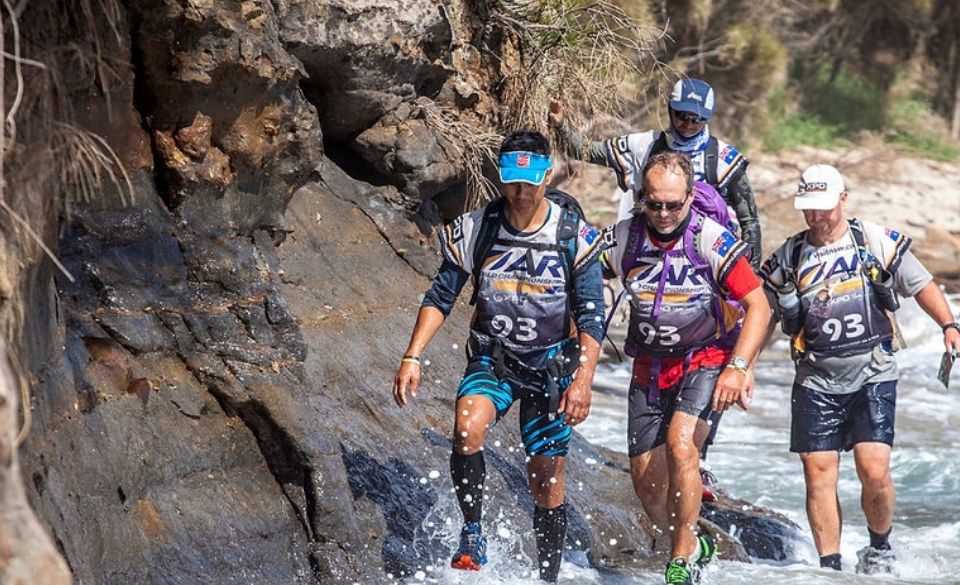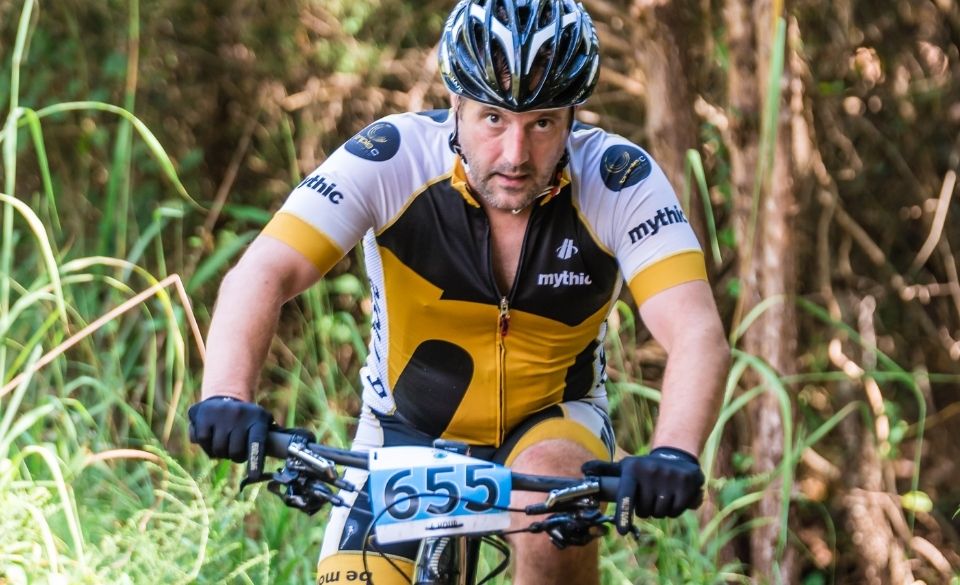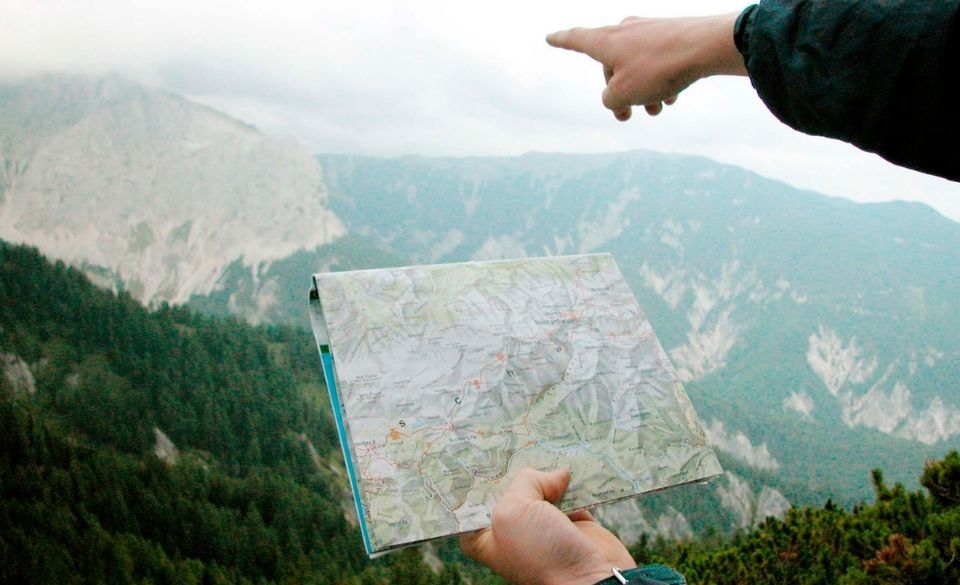
Adventure Racing Training Plans – What You Should Know
Page Contents
If you are new to adventure racing, it is easy to get overwhelmed with all the disciplines and navigation to get started. The best way to start adventure racing is to learn how to navigate correctly as well as find relevant adventure racing plans to follow.
Following an adventure racing plan can help you prepare for each discipline and build up enough endurance to deal with the multi-day or hour events.
In this article, we discuss what an adventure race is, how long they are, and what disciplines you may expect to tackle during an event. We also provide basic information on adventure racing training plans to get you started.

What Is An Adventure Race?
Adventure racing, which is also sometimes called expedition racing is a multi-discipline sport that involves navigation outdoors. Most adventure racing events last between two hours and two weeks.
Many events offer both team and individual competitions. However, the most popular events are run in an individual format.
Disciplines in an adventure race mostly include trekking/running, mountain biking, and kayaking/paddling. However, other disciplines have gained traction over the past 10 years and now more events start to include climbing, abseiling, horse riding, skiing, and even white water rafting.
In team adventure racing events, most genders are mixed and include anywhere from two to six people. However, the most common format uses teams of four racers.
Most adventure races have a rolling time frame. That means competitors race in real-time and choose when to rest or sleep irrespective of the time.
There are multiple formats of an adventure race. These include:
Sprint-distance adventure race: between two and six hours. These types of events require minimal navigation and sometimes involve agility and tests throughout the course.
12-hour adventure race: A typical 12-hour adventure race lasts between six and twelve hours, with 12 hours as the cut-off time. Like the sprint distance, they require limited navigation and orienteering.
24-Hour adventure race: These are the most common races held worldwide. A 24-hour adventure race lasts between 18 and 30 hours. Often these events include traverses or rappels with a rope. They also require competitors to have a support crew that helps transport gear throughout the event. However, recently, more and more adventure races do not permit support crews, as the race organizers transport gear to the checkpoints themselves.
Staged Multi-day adventure race: A multi-day event varies in length. However, the most common is between two and five days long. These types of multi-day events require the competitors to stop during the night so they can recover and sleep. During this time, the race clock is stopped.
Multi-day: Like multi-day staged events, the race is run over numerous days, usually up to 3 days. This type of event involves advanced navigation and route choice. Because time does not stop, competitors often become sleep-deprived, making the race much more taxing than a multi-staged event.
Expedition adventure race: The toughest of them all, an expedition race can last from three to eleven days. It involves the typical trekking/running, mountain biking, and kayaking. However, many events now include horseback riding and mountaineering.

What Sports Are In Adventure Racing?
The principal sports in adventure racing include trekking/running, mountain biking, and paddling. However, over the past ten years events have started to incorporate climbing, abseiling, horse riding, skiing, and white water rafting.
While this may not sound difficult, all events require some orienteering or navigation, making these events much more strenuous on the body and mind.
Other disciplines used in events can sometimes include:
– Rock climbing
– Zipline
– Paragliding
– Hang gliding
– Parasailing
– Sky diving
However, these are not commonly used in events, as it requires participants to already have certification in these disciplines. This also limits the number of people that can enter the event.
Adventure Racing For Beginners – What Do You Need?
For a sprint distance or entry-level adventure race, you will just need a basic hydration pack or day pack. This should be large enough to carry water, food, and other mandatory gear.
Most events will provide you with a list of specific gear you will need. This will usually be checked off during race briefing.
However, before you get started, there are some basics you will need to invest in to do an adventure race. These include:
– A mountain bike
– Hydration pack or small day pack
– Drink bottles
– Headlamp
– First Aid kit
– Kayak (if the event requires paddling)
– Sports clothing (both warm, wet, and cold weather gear)
– Running/trekking shoes
Depending on the disciplines, most of the gear above you will need. Some events that require you to do other disciplines will require you to purchase different types of gear. For example abseiling gear, tents for multi-day races, and a road bike (if there are any long road segments in the race).
Adventure Racing Training Plans – What Should You Know?
When looking for adventure racing plans, it is important to choose a plan that includes the disciplines you plan to race. The adventure racing training plan should be built around your current lifestyle, discipline knowledge, and fitness level. If you are thinking about signing up for an adventure race that requires you to paddle, or rock climb, it is wise to sign up for some courses to help you learn the basics of these disciplines. Without this, you may struggle to make progress.
Ideally, if you are new to adventure racing, it is wise to reach out to someone with knowledge of racing multi-day events and building adventure racing training plans. They can help you get started on the right foot. Alternatively, spend 6 months learning the basics of kayaking, rock climbing, and mountain biking before you sign up for a training plan.
Once you have some knowledge in these areas, you should then spend some time learning how to navigate correctly. This can be paired with a training session or done through basic trekking. Bear in mind that most sprint distance adventure races require minimal navigation, so you won’t need to speed too much time on it. However, if you plan on entering a multi-stage or multi-day race, you will need to spend hours learning basic orienteering and navigation techniques before entering these events.
If you are unsure what adventure racing training plan is right for you, reach out to us via the contact button and we can help design a training plan based on your event, fitness, and disciplines required.


